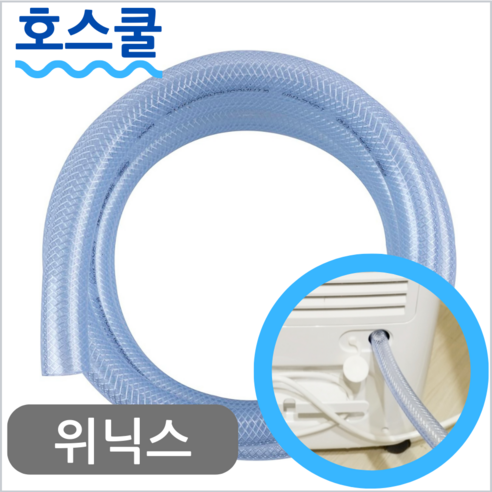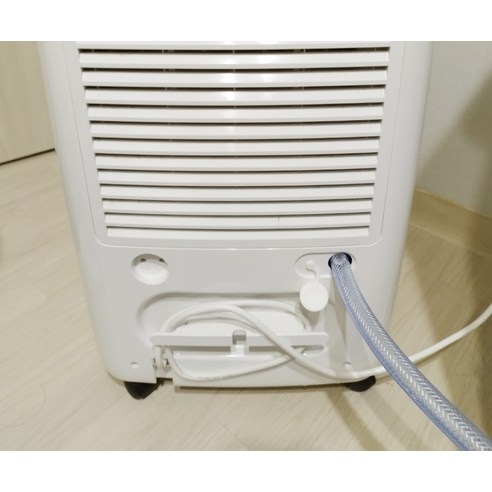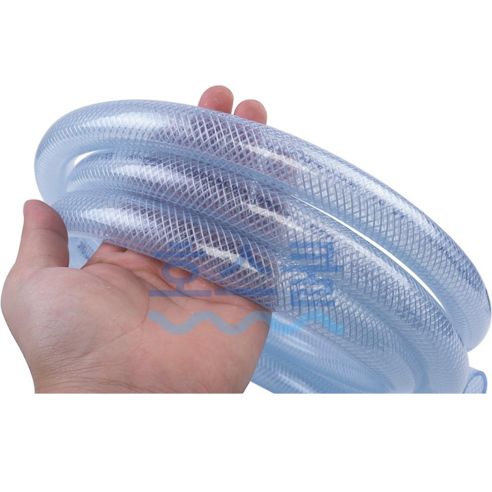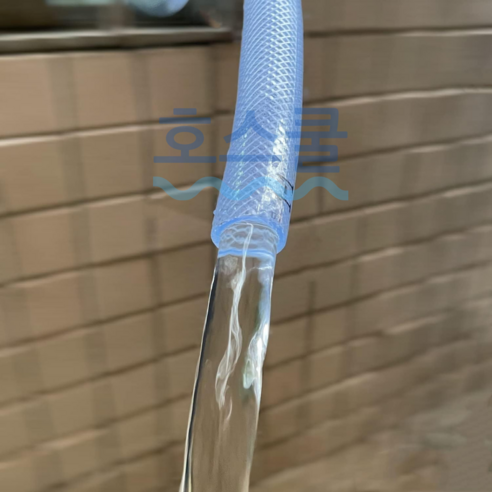Introduction
Are you looking for a way to improve the air quality in your home? If so, a dehumidifier can be a great option. Dehumidifiers remove moisture from the air, which can help to reduce allergies, asthma, and other respiratory problems. They can also help to prevent mold and mildew growth, which can damage your home and your health.
One of the most important parts of a dehumidifier is the hose. The hose is what connects the dehumidifier to the drain, and it allows the dehumidifier to remove moisture from the air.
In this blog post, we will discuss everything you need to know about dehumidifier hoses. We will cover the different types of hoses available, how to choose the right hose for your dehumidifier, and how to install and maintain a dehumidifier hose.
Types of dehumidifier hoses
There are two main types of dehumidifier hoses: gravity hoses and condensate pumps.
Gravity hoses are the most common type of dehumidifier hose. They work by gravity, which means that the water flows downhill from the dehumidifier to the drain. Gravity hoses are relatively inexpensive and easy to install, but they can only be used if the dehumidifier is located below the drain.
Condensate pumps are used to pump water uphill from the dehumidifier to the drain. This type of hose is more expensive than a gravity hose, but it can be used regardless of the location of the dehumidifier.
How to choose the right dehumidifier hose
When choosing a dehumidifier hose, there are a few things to keep in mind:
- The length of the hose: The length of the hose should be long enough to reach from the dehumidifier to the drain. You should also allow for some slack in the hose so that it can be easily moved around.
- The diameter of the hose: The diameter of the hose should be large enough to allow the water to flow freely. A hose with a diameter of 1/2 inch is typically sufficient for most dehumidifiers.
- The material of the hose: The hose should be made of a durable material that is resistant to kinking and tearing. PVC and rubber are two common materials used for dehumidifier hoses.
How to install a dehumidifier hose
Installing a dehumidifier hose is a relatively simple process. Here are the steps you need to follow:
- Attach the hose to the dehumidifier: Most dehumidifiers have a connection point for the hose. Simply attach the hose to the connection point and tighten the clamp.
- Run the hose to the drain: Route the hose from the dehumidifier to the drain. The hose should be routed so that it slopes downhill from the dehumidifier to the drain.
- Secure the hose: Use a hose clamp or zip tie to secure the hose to the drain. This will help to prevent the hose from coming loose and causing water to leak.
How to maintain a dehumidifier hose
Dehumidifier hoses require very little maintenance. However, there are a few things you can do to keep your hose in good condition:
- Clean the hose regularly: The hose should be cleaned every few months to remove any build-up of mold or mildew. To clean the hose, simply flush it with a mixture of water and vinegar.
- Inspect the hose for damage: The hose should be inspected regularly for any damage. If the hose is cracked or torn, it should be replaced immediately.
- Store the hose properly: When the dehumidifier is not in use, the hose should be stored in a cool, dry place.
Troubleshooting dehumidifier hose problems
If you are having problems with your dehumidifier hose, there are a few things you can check:
- Is the hose connected properly? Make sure that the hose is securely attached to the dehumidifier and the drain.
- Is the hose kinked or blocked? Check the hose for any kinks or blockages. If the hose is kinked or blocked, the water will not be able to flow through the hose properly.
- Is the drain clogged? Check the drain to make sure that it is not clogged. If the drain is clogged, the water will not be able to drain from the hose.
Conclusion
Dehumidifier hoses are an important part of any dehumidifier system. By following the tips in this blog post, you can choose the right hose for your dehumidifier and install and maintain it properly. This will help to improve the air quality in your home and prevent mold and mildew growth.
Frequently asked questions
Q: How often should I clean my dehumidifier hose?
A: The hose should be cleaned every few months to remove any build-up of mold or mildew.
Q: What should I do if my dehumidifier hose is kinked or blocked?
A: If the hose is kinked or blocked, the water will not be able to flow through the hose properly. Check the hose for any kinks or blockages and remove them.
Q: What should I do if the drain is clogged?
A: If the drain is clogged, the water will not be able to drain from the hose. Check the drain to make sure that it is not clogged and clear any clogs.
관련 상품들


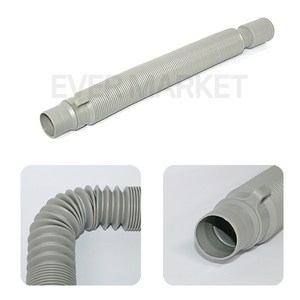
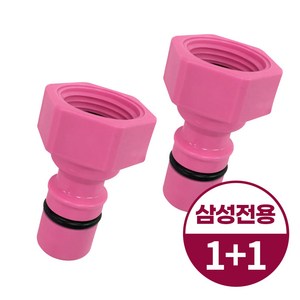

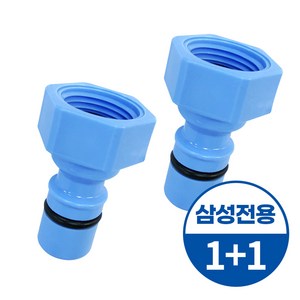
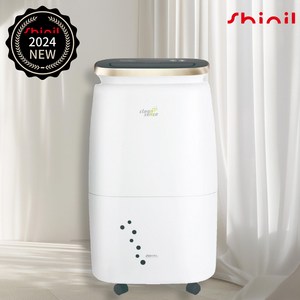
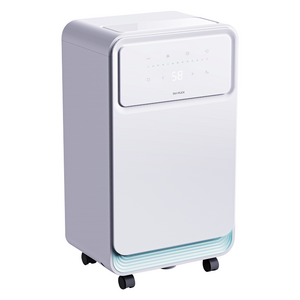
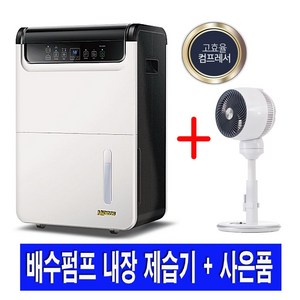
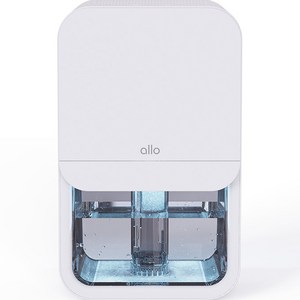
본 포스팅은 파트너스 활동의 일환으로 소정의 수수료를 제공 받을 수 있지만 구매자에게는 추가 비용이나 다른 어떠한 불이익도 발생하지 않습니다. 본문 내용의 상품 정보는 시간이 지남에 따라 변경될 수 있으니, 구매 전에 꼭 확인해주세요.

